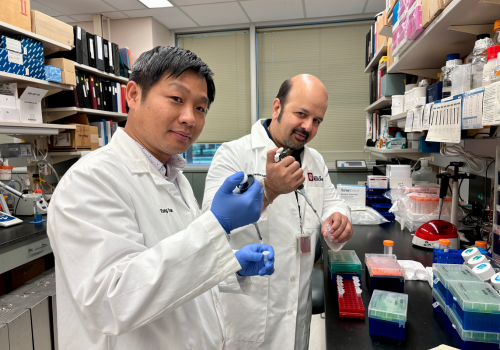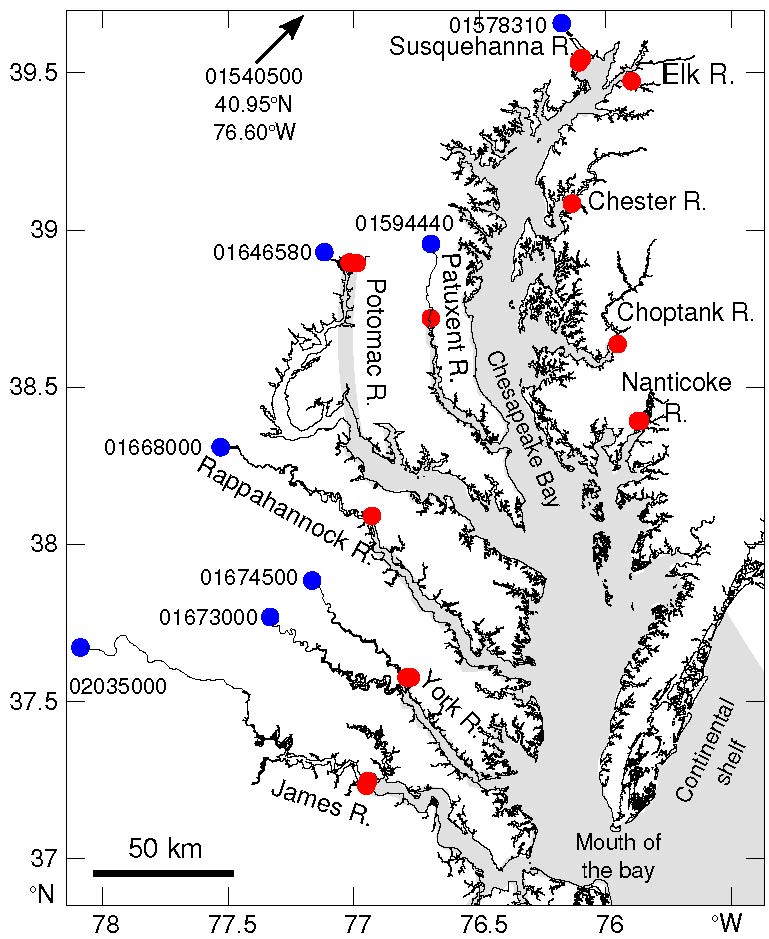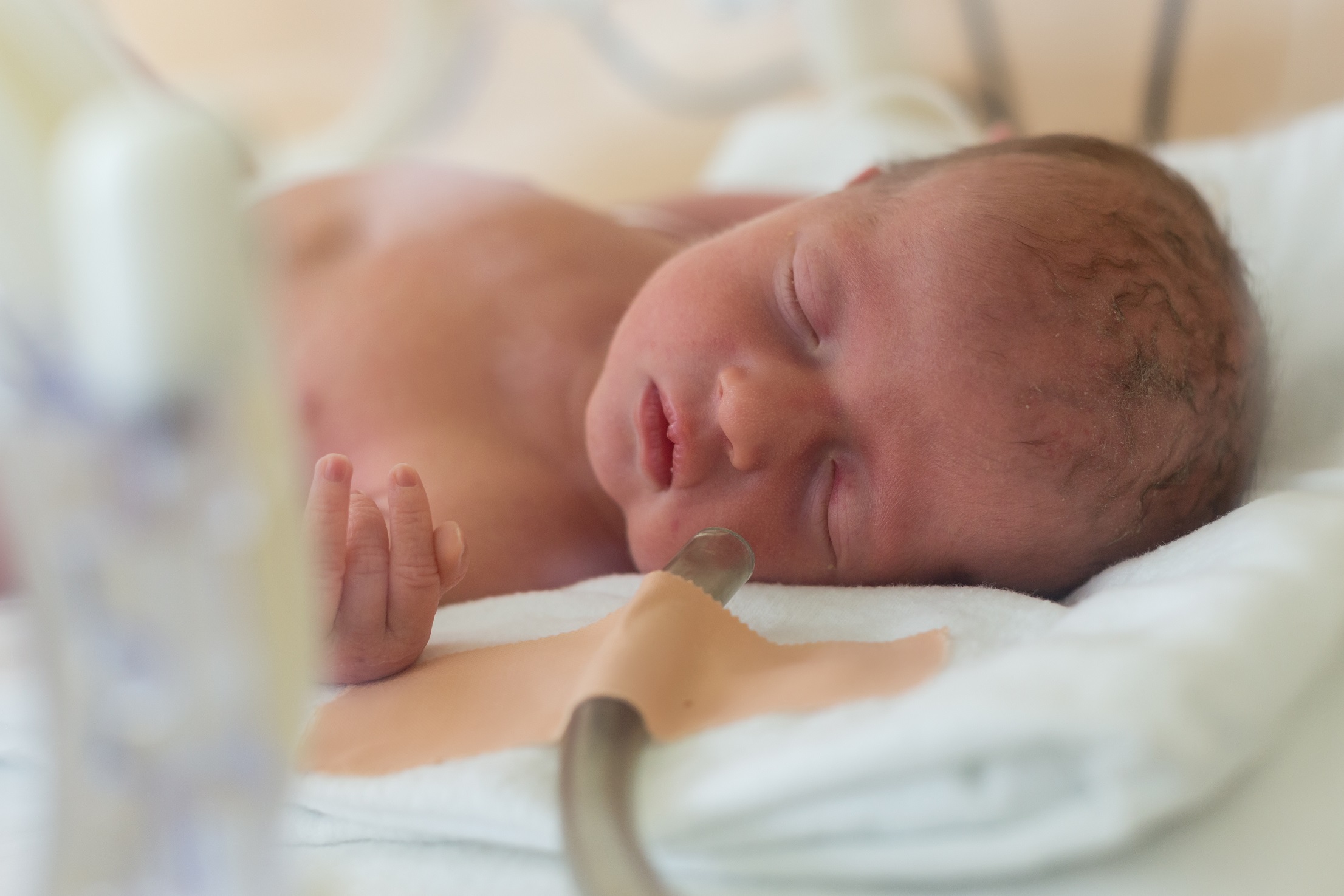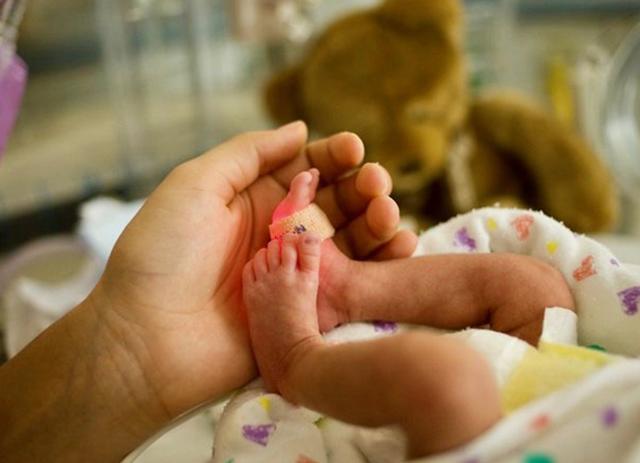Mesenchymal stem/stromal cells are potential optimal cell sources for stem cell therapies, and pretreatment has proven to enhance cell vitality and function. In a recent publication, Li et al explored a new combination of pretreatment condi
Tag: Hypoxia
Effects of high glucose and severe hypoxia on the biological behavior of mesenchymal stem cells at various passages
BACKGROUNDMesenchymal stem cells (MSCs) have been extensively studied for therapeutic potential, due to their regenerative and immunomodulatory properties. Serial passage and stress factors may affect the biological characteristics of MSCs,
Reveal more mechanisms of precondition mesenchymal stem cells inhibiting inflammation
Hypoxia can get more ability to inhibit inflammation. But how it impact on survival time of mesenchymal stem cells (MSCs) is confusing and how preconditioned MSCs inhibiting inflammation are partially known. Those issues decided the value o

$2.7 million grant to explore hypoxia’s impact on blood stem cells
Indiana University School of Medicine scientists are on a mission to understand why hematopoietic stem cells, responsible for producing all types of mature blood cells, exhibit better responses in a low-oxygen environment within the bone marrow, also known as hypoxia.
Multiple pretreatments can effectively improve the functionality of mesenchymal stem cells
In this editorial, we offer our perspective on the groundbreaking study entitled “Hypoxia and inflammatory factor preconditioning enhances the immunosuppressive properties of human umbilical cord mesenchymal stem cells”, recently publis
Harnessing Human Evolution to Advance Precision Medicine
Scientists hope to advance precision medicine through the discovery of a gene variant that leads to the same phenotype in separate high-dwelling populations while taking a different evolutionary path.
Decrease Oxygen to Boost Longevity?
Living in a low-oxygen environment extended life spans, preserved neurologic function in mice.
Marine Seagrass Meadows Show Resilience to ‘Bounce Back’ After Die-Offs
A study in Florida Bay, one of the largest global contiguous seagrass systems, examined if a phytotoxin that accumulates as seagrass ecosystems become more enriched in nutrients prevents a marine seagrass, turtlegrass, from recruiting into open bare sediment following die-off events. While they do “bounce back,” long-term monitoring indicates the timeframe for recovery after major die-off events is at least a decade. Turtlegrass can successfully recruit into open bare sediment following die-off events due to biomass partitioning.
‘Carb’ Treatment for Stroke Receives New U.S. Patent
A new twist on a drug used to treat alcohol use disorder could double up as a treatment for stroke. Called “Carb” for short, this new formulation is designed to treat ischemic stroke, protect brain tissue against injury and minimize the size of a brain infarct.
New Study Provides First Comprehensive Look at Oxygen Loss on Coral Reefs
A new study is providing an unprecedented examination of oxygen loss on coral reefs around the globe under ocean warming. Led by researchers at UC San Diego’s Scripps Institution of Oceanography and a large team of national and international colleagues, the study captures the current state of hypoxia—or low oxygen levels—at 32 different sites, and reveals that hypoxia is already pervasive on many reefs.
Study First to Explore ‘Walking’ Sharks on the Move in Early Life Stages
A newly-discovered walking shark that breaks all of the rules for survival is the focus of a first-of-its-kind study that examined differences in walking and swimming in neonate (newly-hatched) and juvenile walking sharks. Despite dissimilarities in body shapes – neonates have bulging bellies and juveniles are slender – the three aquatic gaits they use (slow-to-medium walking, fast-walking and swimming) did not differ. Kinematics between neonate and juvenile epaulette sharks did not alter during development.
Scientists Create Tattoo-like Sensors That Reveal Blood Oxygen Levels
Tufts engineers create a glowing sensor made from a silk gel that can be implanted under the skin to detect blood oxygen levels in real time. The sensor provides proof of concept for detecting other blood components, such as glucose
Cleveland Clinic Study Suggests Sleep Disorders Linked with More Severe Outcomes from COVID-19
A new Cleveland Clinic study found that people with certain sleep disorders have more severe outcomes from COVID-19, including a 31 percent higher rate of hospitalization and mortality.
Novel Assay Finds New Mechanism Underlying Red Blood Cell Aging
A multifaceted microfluidic in vitro assay is helping to identify the role of hypoxia on red blood cell aging via the biomechanical pathways. It holds promise for investigating hypoxic effects on the metastatic potential and relevant drug resistance of cancer cells.
Protein Inhibitor May Lead to New Treatment for Low Oxygen Associated with Sleep Apnea
Article title: Lysine demethylase KDM6B regulates HIF-1α mediated systemic and cellular responses to intermittent hypoxia Authors: Jayasri Nanduri, Ning Wang, Benjamin L. Wang, Nanduri R. Prabhakar From the authors: “[The] current study demonstrates that pharmacological disruption of [Hypoxia-inducible factor]-1α activation…
Music from Their Ears
A fisheries ecologist and a colleague with expertise in music have developed a new way to tell the story of how oxygen depletion in the world’s oceans stunts the growth of economically valuable cod — they put the fishes’ history to music and let them “sing.”
Low Oxygen at Birth Delays Heart Development in Mouse Model of Congenital Heart Disease
Article title: Chronic perinatal hypoxia delays cardiac maturation in a mouse model for cyanotic congenital heart disease Authors: Jennifer Romanowicz, Devon Guerrelli, Zaenab Dhari, Colm Mulvany, Marissa Reilly, Luther Swift, Nimisha Vasandani, Manelle Ramadan, Linda Leatherbury, Nobuyuki Ishibashi, Nikki Gillum…

CU Cancer Center Researcher Reveals New Effects of Oxygen Deprivation in Cancer Cells
A team of University of Colorado School of Medicine researchers recently published a paper offering new insight into the role that oxygen deprivation, or hypoxia, plays in cancer development. CU Cancer Center member Joaquin Espinosa, PhD, is the senior researcher on the paper, which he hopes will help lead to more targeted treatments for cancer.
Low Oxygen-related Inflammation Leads to More Platelets in Mouse Lungs
Article title: Platelet activation contributes to hypoxia-induced inflammation Authors: Cassidy Delaney, Pavel Davizon-Castillo, Ayed Allawzi, Janelle Posey, Aneta Gandjeva, Keith Neeves, Rubin M. Tuder, Jorge Di Paola, Kurt R. Stenmark, Eva S. Nozik From the authors: “Our data provide evidence…
Sleep Apnea Does Not Raise Blood Pressure in Young Women
Article title: Sex differences in integrated neuro-cardiovascular control of blood pressure following acute intermittent hypercapnic-hypoxia Authors:Dain W. Jacob, Elizabeth P. Ott, Sarah E. Baker, Zachariah M. Scruggs, Clayton L. Ivie, Jennifer L. Harper, Camila M. Manrique-Acevedo, Jaqueline K. Limberg From…

New research reveals why low oxygen damages the brain
Brain cell dysfunction in low oxygen is, surprisingly, caused by the very same responder system that is intended to be protective, according to a new published study by a team of researchers at the Case Western Reserve University School of Medicine.
COVID-19 Frequently Causes Neurological Injuries
Without directly invading the brain or nerves, the virus responsible for COVID-19 causes potentially damaging neurological injuries in about one in seven infected, a new study shows. These injuries range from temporary confusion due to low body-oxygen levels, to stroke and seizures in the most serious cases, say the study authors.
Scientists Identify Mouse Model to Study Heart and Lung Function at High Altitude
Article title: Transcriptomic modifications in developmental cardiopulmonary adaptations to chronic hypoxia using a murine model of simulated high-altitude exposure Authors: Sheila Krishnan, Robert S. Stearman, Lily Zeng, Amanda Fisher, Elizabeth A. Mickler, Brooke H. Rodriguez, Edward R. Simpson, Todd Cook,…

Supercomputers Simulate Environmental Changes in Chesapeake Bay
Virginia Institute of Marine Science (VIMS) researchers used supercomputer simulations to examine impacts of both regional and global changes affecting the Chesapeake Bay. They discovered that historical increases in fertilizers and atmospheric carbon dioxide concentrations have forced the bay to behave increasingly like a small sea on a continental shelf rather than a traditional estuary.
New Study Explains Potential Causes for “Happy Hypoxia” Condition in COVID-19 Patients
A new research study provides possible explanations for COVID-19 patients who present with extremely low, otherwise life-threatening levels of oxygen, but no signs of dyspnea (difficulty breathing). This new understanding of the condition, known as silent hypoxemia or “happy hypoxia,” could prevent unnecessary intubation and ventilation in patients during the current and expected second wave of coronavirus.
New Study Explains Potential Causes for “Happy Hypoxia” Condition in COVID-19 Patients
A new research study provides possible explanations for COVID-19 patients who present with extremely low, otherwise life-threatening levels of oxygen, but no signs of dyspnea (difficulty breathing). This new understanding of the condition, known as silent hypoxemia or “happy hypoxia,” could prevent unnecessary intubation and ventilation in patients during the current and expected second wave of coronavirus.

Tiny molecule could protect newborns from brain damage
New findings from Australian and Chinese researchers could hold the key to preventing brain damage in newborn infants who are deprived of oxygen at birth.
Enzyme + Mitochondrial Signaling May Contribute to Pulmonary Hypertension in Newborns
Article title: PKCβ and reactive oxygen species mediate enhanced pulmonary vasoconstrictor reactivity following chronic hypoxia in neonatal rats Authors: Joshua R. Sheak, Simin Yan, Laura Weise-Cross, Rosstin Ahmadian, Benjimen R. Walker, Nikki L. Jernigan From the authors: “This research demonstrates a novel…

Scientists Link Decline of Baltic Cod to Hypoxia – and Climate Change
If you want to know how climate change and hypoxia — the related loss of oxygen in the world’s oceans — affect fish species such as the economically important Baltic cod, all you have to do is ask the fish. Those cod, at least, will tell you that hypoxia is making them smaller, scrawnier and less valuable. A paper published today in the journal Biology Letters points to a link between hypoxia and fish well-being.

Fetal heart test may have predictive value for kids’ health
A low-oxygen environment in the womb may foretell which children should be followed closely, study indicates.